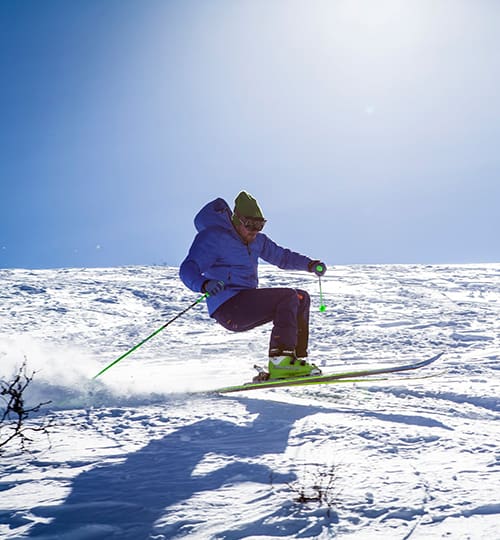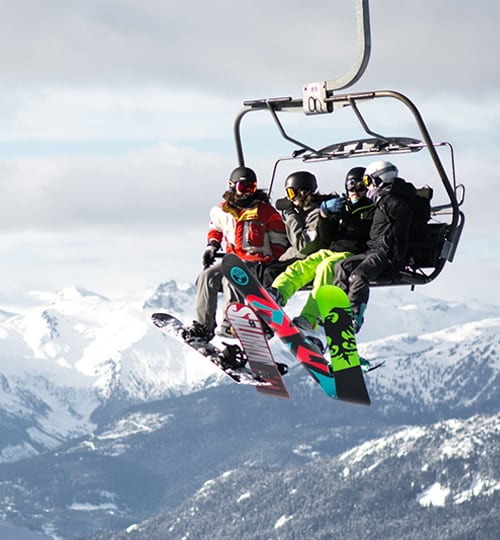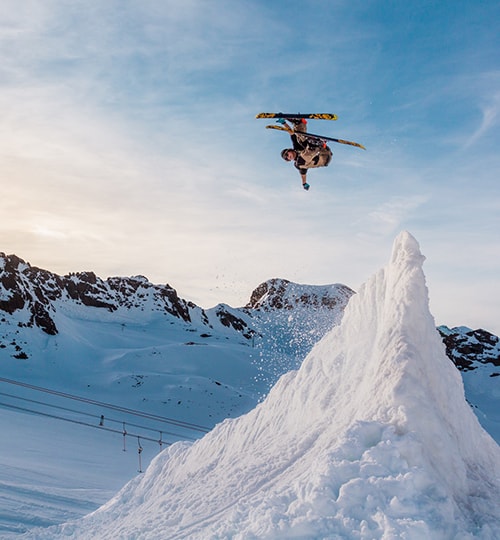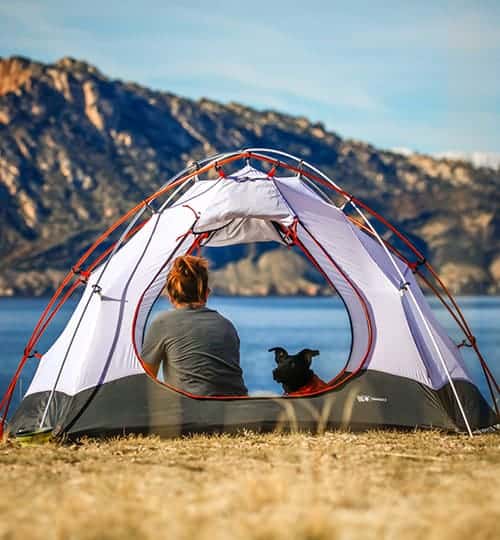All about the Breed
Breed Introduction
The Australian Shepherd is an intelligent, attractive medium sized dog with a bobtail and striking varied coat colouration. Each dog’s coat and eye colour are highly varied and individual. Aussies are reserved with strangers but are a dependable, tireless worker, devoted to their owner. Highly intelligent, strong and agile, they also make a great family pet.
All enquiries about this wonderful breed can be directed to our Breed Information Officer at breedinfo@australianshepherd.org.au
ASCV Breed Brochure - our introduction to the Australian Shepherd
History
The Australian Shepherd was actually developed in America but there is much debate over their origins.
The Aussie has been elusive, at least in documentation of their origin. It is generally believed the dogs came to Australia from Spain, ontraveling to the United States in the late 1800’s with flocks of Merino sheep and the Basque Shepherds who tended them. Another theory is they were Australian Sheepdogs derived from the Smithfield and some type of collie, possibly the German Coolie or it's ancestor.
The name was coined in the United Sates because of the believed link between Australia and the herding of Australian Merino Sheep.
Now-a-days they are very popular as a family pet, an obedience and agility dog, a worker and more recently as a show dog.
Breed Characteristics
The Australian Shepherd is a medium sized dog with a coat of medium length. To the untrained eye the Aussie resembles a Border Collie, but is slightly larger and has a wider range of coat colours.
Appearance:
The Australian Shepherd is well balanced, slightly longer than tall of medium size and bone, with colouring that offers variety and individuality. He is attentive and animated, lithe and agile, solid and muscular without cloddiness. He has a coat of moderate length and coarseness. He has a full or natural bobbed tail.
Temperament:
The Australian Shepherd is an intelligent, active working dog with strong herding and guarding instincts with an even disposition, he is good natured, seldom quarrelsome. He is a loyal companion and has the stamina to work all day. They may be somewhat reserved in initial meetings.
Tail:
Is straight or naturally bobbed.
The club has produced the ASCV NBT Brochure to help answer questions regarding the Natural Bobtail characteristic of the Australian Shepherd.
Coat:
Hair is of medium texture, straight to wavy, weather resistant and of medium length. The undercoat varies in quantity with variations in climate. Hair is short and smooth on the head, ears, front of forelegs and below the hock joints. Backs of forelegs and britches are moderately feathered. There is a moderate mane and frill, more pronounced in dogs than in bitches. Moderate, weekly brushing will keep the double coat clean and shiny. Seasonal shedding will occur but is limited if the coat is brushed regularly.
Colour:
Blue merle, black, red merle, red all with or without white markings and/or tan (copper) points, with no order of preference. The hairline of a white collar does not exceed the point of the withers at the skin. White is acceptable on the neck (either in part or as a full collar), chest, legs, muzzle underparts, blaze on head and white extension from underpart up to four inches measuring from a horizontal line at the elbow. White on the head should not predominate and the eyes must be fully surrounded by colour and pigment. Merles characteristically become darker with increasing age.
Size:
Solidly built with moderate bone. Structure in the male reflects masculinity without coarseness. Bitches appear feminine without being slight of bone. The height for males is 51-58.5 cm (20-23 ins) and females 45.5-53.5 cm (18-21 ins).
Health:
Extremely healthy breed. Some inherited conditions of hips and eyes can occur. Ensure that parents of any pup have been tested for Hip Dysplasia and that both parents and pups have clear eye certificates. Life Span is between 12 to 15 years approximately.
It is important to watch the weight of an Aussie as they are good doers and can become overweight quickly.
How Aussies interact with Children and other animals
Children:
Other Animals:
Do Aussies come in miniature?
'Miniature' Australian Shepherds do not exist in Australia and are not likely to in the near future. The reasoning behind this is a bit long winded.
The United States Australian Shepherd Association or the Australian Shepherd Club of America are the breeds parent clubs in their country of origin. It is the stance of both that they do not support the purposeful breeding of Australian Shepherds against the breeds standard, in this case for a non-standard size, as it is contrary to the breeds function and goes against the preservation and protection of the breed. Neither club recognizes nor registers size varieties within the breed. Instead Aussies like Golden Retreivers, German Shepherds, Border Collies or any number of other breeds only come in one size range with the preferred height for males is 51-58.5 cm (20-23 ins) and females 45.5-53.5 cm (18-21 ins).
The reason for that is the height of the Aussie is a function of their development as a stockdog. To work in the manner and environment for which they were created requires a dog of the size and strength to handle the job they were designed for. A dog which is too small is both in danger of the stock, ineffective and left it's owners life in danger. Likewise a dog which was too large lacked the agility, limberness, stable center of gravity and ability to heel low enough not to be kicked. While there are smaller herding breeds (eg Shelties) they were bred to work in different conditions than Aussies who had to work middle of a several hundred head of range cattle in the rugged, scrubby conditions of the western US on a few thousand acres for weeks on end.
In the early years, those people who wished to breed a smaller than standard version started breeding separately from the recognized registries. While they did use some registered Australian Shepherds in their foundation stock they also used non-registered dogs of unknown origins, crossbreds, as well as crossing in several other breeds to get smaller dogs. The result was that these dogs offspring were no longer purebred, registered Australian Shepherds but a non-registered, non-purebred breed in the making. There was a lot of division between people within that group who wished to petition the
ASCA and USASA to recognize a miniature size variety within the Australian Shepherd breed and register the resulting non-registered/nonpurebreds, while others including the 'founding breeder' for the small dogs wished to be recognized as a different breed that simply derived part of it's heritage from the Aussie. The ASCA and USASA have always maintained the stance that there are no size varieties nor can they compromise the stud books to take in as purebred Australian Shepherds dogs who are several generations removed and whom have non-registered Aussies, mixed breeds and other breeds in their
background.
The 'miniature' is therefore not an Australian Shepherd. There is some work in their country of origin to have them recognized under the name of Miniature American Shepherd but until they have full registry there with the recognized registering body (American Kennel Club) the Miniature American Shepherd is not able to be registered with our governing national body the ANKC.
There are Australian Shepherds which are on the smaller end of the standards heights in Australia as well as those who are smaller than standard and they make lovely pets. They are however not miniature Australian Shepherds but small Australian Shepherds. So be aware that a smaller but highly active individual will be less suited to a smaller space than a standard sized dog who is more placid natured.









